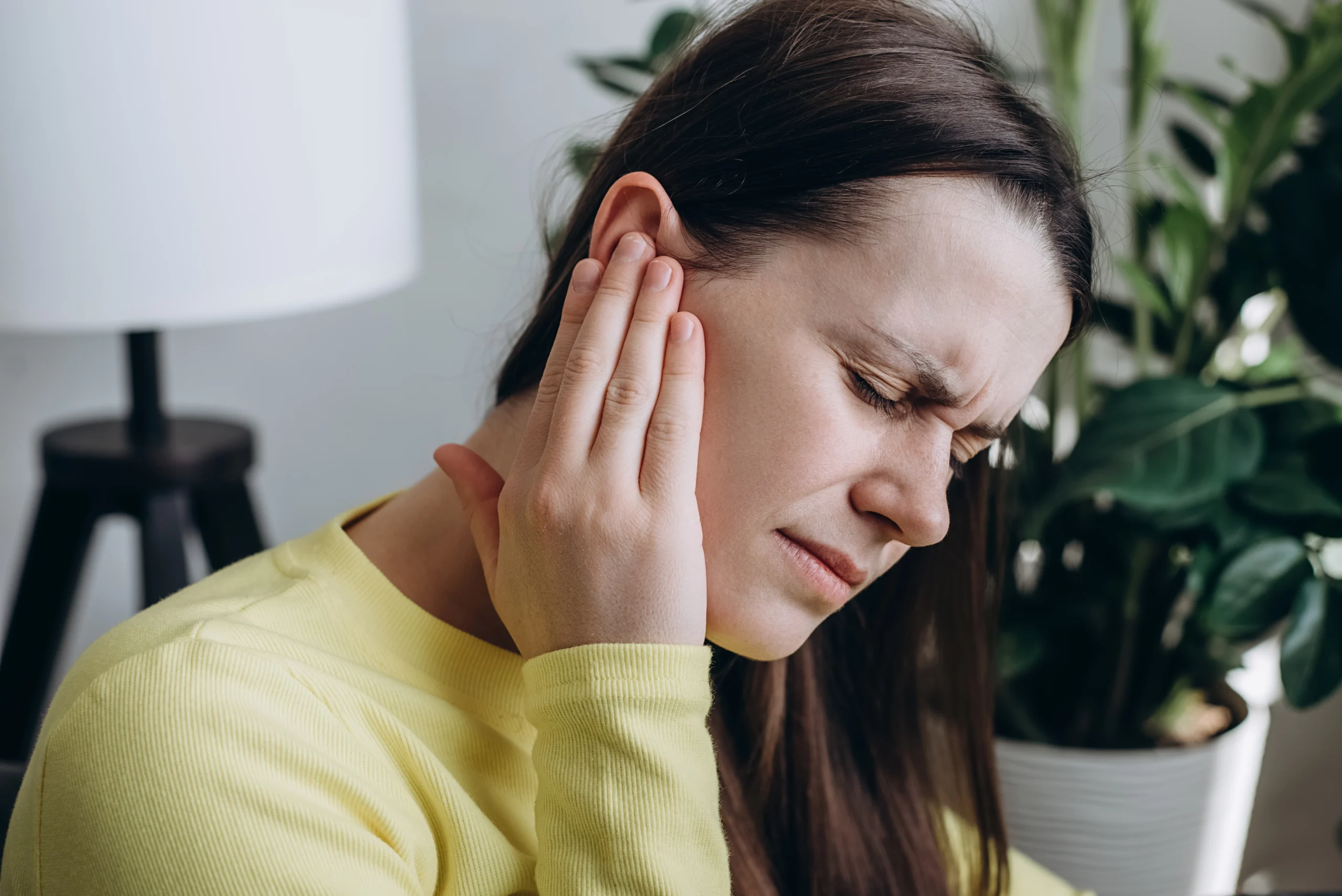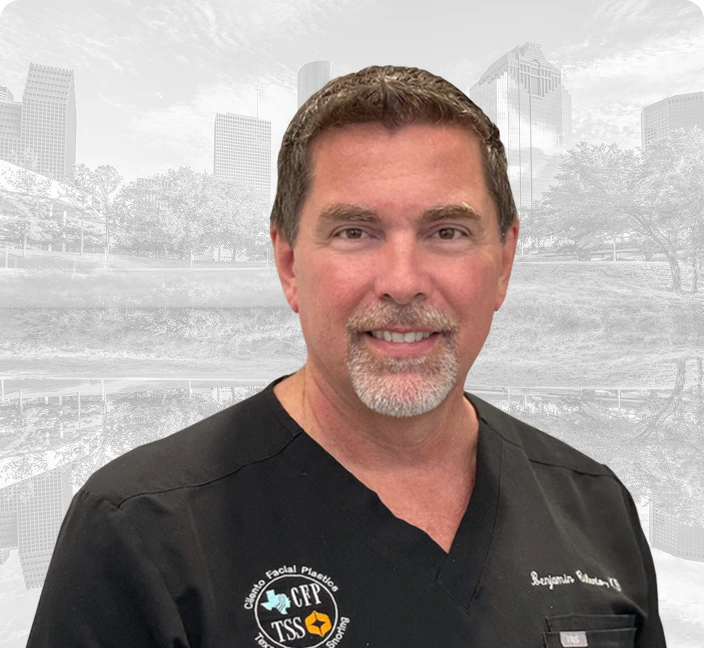What Is Balloon Sinuplasty?
Balloon sinuplasty is a medical procedure that helps individuals with sinus problems breathe more easily. Imagine a balloon that’s inserted into a blocked sinus passage (those are the air-filled spaces in your face near your nose). Then, the balloon is gently inflated to widen the passage, allowing the trapped mucus and air to flow out. This way, people who suffer from sinus issues, such as frequent headaches or a stuffy nose, can find relief without needing more invasive surgery. It’s kind of like unblocking a clogged pipe, but for your sinuses!
Are Sinusitis and Tinnitus Connected?
Sinusitis and tinnitus might seem unrelated, but they can actually be connected. Sinusitis occurs when your sinuses become inflamed or infected, resulting in symptoms such as a stuffy nose, headaches, and even difficulty breathing. On the other hand, tinnitus causes a ringing or buzzing sound in your ears that isn’t caused by an outside source.
Now, if you are wondering how these two are connected, then keep reading! When your sinuses are blocked, it can create pressure on the inner ear. This pressure can affect the delicate parts of your ear responsible for hearing, leading to the annoying ringing sound. So, while sinusitis and tinnitus are distinct medical conditions, they can sometimes be linked.
Does Balloon Sinuplasty Help With Tinnitus?
Balloon sinuplasty is a procedure used by doctors to help individuals with blocked sinuses. It can help alleviate various sinus issues, such as pain and a stuffy nose, but it’s not specifically designed for tinnitus. However, sometimes sinus problems and tinnitus can be related, so if you have both issues, treating your sinuses could potentially make your tinnitus better, too.
But remember, tinnitus can have a bunch of different causes, so balloon sinuplasty for tinnitus might not be the answer for everyone. If you’re dealing with sinus issues and tinnitus, it’s a good idea to chat with a doctor to figure out the best way.
The Benefits of Balloon Sinuplasty
Balloon sinuplasty is a great option for individuals seeking an effective and minimally invasive treatment for chronic sinusitis, as well as for those experiencing tinnitus. If you’re struggling with sinus issues, it might be worth considering! Why? Let’s find out.
Minimally Invasive
Balloon sinuplasty is a minimally invasive procedure, which means that it doesn’t require any major incisions or cutting. Instead, your doctor will insert a tiny balloon into your sinuses and gently inflate it to widen the passages. This makes it a much less painful and risky option compared to traditional sinus surgery.
Quick Recovery Time
Because it’s minimally invasive, balloon sinuplasty typically has a quicker recovery time. People often recover within days of surgery.
Long-Lasting Relief
Unlike medications, which can wear off quickly or have side effects, balloon sinuplasty provides long-lasting relief for chronic sinusitis and tinnitus. By opening up your sinuses and allowing them to drain properly, you can experience significant improvements in your symptoms over time.
Increased Safety
Balloon sinuplasty is a reliable option for individuals who may not be suitable candidates for traditional sinus surgery due to health issues or other concerns.
Prevention of Hearing Loss and Other Ear Problems
When sinus pressure builds up, it can affect your ears, leading to ear pain, temporary hearing loss, and even an exacerbation of tinnitus. Balloon sinuplasty can help relieve that pressure, potentially preventing these complications. Besides reducing the frequency of recurrent sinus infections and sinus headaches, this procedure supports better ear function in the long run.
Will Balloon Sinuplasty Help if My Tinnitus Is Caused by Eustachian Tube Dysfunction?
If your tinnitus is related to Eustachian tube dysfunction, balloon sinuplasty may still offer some relief, especially if sinusitis symptoms, such as chronic congestion and blocked nasal passages, are contributing to the problem. Eustachian tube dysfunction and sinus issues can both involve inflammation that affects pressure regulation in the ears. While balloon sinuplasty doesn’t treat the Eustachian tubes directly, it helps restore proper airflow by opening up the nasal passages and reducing sinus pressure. In some cases, this can ease strain on the Eustachian tubes and lessen tinnitus symptoms, particularly if chronic sinusitis is the root cause.
Is There a Risk That Balloon Sinuplasty Will Hurt My Inner Ear or Middle Ear?
Balloon sinuplasty is considered a safe in-office procedure, and there’s little risk of it directly harming the inner ear or middle ear. The treatment focuses on gently expanding the sinus cavities to improve drainage and reduce inflammation, which can help relieve pressure that might be contributing to ear-related issues. Some patients may experience temporary facial pain or mild swelling after the procedure, but these effects typically resolve within a few days. If you’re concerned about how balloon sinuplasty might affect you, our ear, nose, and throat (ENT) doctor can evaluate your symptoms and recommend the most appropriate treatment options based on your specific needs.
How to Prepare For the Procedure
If you’re considering balloon sinuplasty to help with your sinus issues, knowing the steps you’ll need to take before the procedure is important. It’s crucial to be open with your doctor about any medications you’re currently taking, as they may advise you to stop or adjust your medications before the procedure to ensure your safety and the success of the treatment. Additionally, your doctor will provide you with specific pre-surgery instructions, such as when to stop eating and drinking, and any other necessary preparations.
Also, get an idea of the procedure cost. The balloon sinuplasty cost can range from $5,000 to $15,000. Many insurance companies offer partial to full coverage.
Following these guidelines is essential for a smooth and successful balloon sinuplasty experience. Also, make sure that you understand everything and do not feel anxious about the surgery.
What Happens During a Session
During the balloon sinuplasty procedure, your doctor will first administer local or general anaesthesia, depending on your specific case, to ensure your comfort. They will insert a thin tube with a tiny balloon attached through your nostril, guiding it into the blocked sinus passage. Once the balloon is correctly positioned, your doctor will inflate it, gently expanding the sinus opening and allowing it to drain more effectively. After the sinus has been widened, the doctor will deflate the balloon and remove the catheter.
After the procedure, the doctor will guide you through your post-operative care, including information about medications and other tips to help ensure a smooth recovery and lasting relief from chronic sinusitis.
How Long Does It Take?
The actual balloon sinuplasty procedure for tinnitus typically takes approximately 30 minutes to an hour. However, you’ll need to factor in additional time for pre-operative preparations, such as administering anesthesia and positioning the patient. Depending on the case, you might also need to undergo additional imaging tests, which could add more time to your pre-operative preparations.
That’s not all! The overall length of the procedure will also depend on the number of sinuses that need to be treated. If only one or two sinuses are being treated, the procedure will likely be shorter than if multiple sinuses need to be addressed.
How to Take Care After a Session
After balloon sinuplasty surgery, it is essential to take care of yourself to ensure a speedy recovery. Here are some things you should do:
Take it easy for the first 1-2 days after surgery. Don’t do anything too hard, like lifting heavy things or exercising.
Your doctor may prescribe pain medication. Take them as prescribed! Don’t take any other pain medicine without asking your doctor first.
Don’t go near things like smoke or pollution that can make your nose worse.
Drinking water can help alleviate nasal congestion.
Don’t blow your nose too hard for at least a week after surgery. It could make things worse.
Conclusion
To sum it up, balloon sinuplasty is a treatment that can help people with sinus problems and, in some cases, even tinnitus. Although it doesn’t cure tinnitus directly, it can help alleviate the symptoms in some cases. Balloon sinuplasty is a minimally invasive procedure that is quicker than traditional surgery. It provides long-lasting relief from chronic sinusitis. It is vital to consult with your doctor before deciding whether balloon sinuplasty for tinnitus is the right option for you. By taking this step mentioned above, you can find relief from symptoms that can affect your everyday life.
If you want to connect with a reliable and trustworthy clinic that offers balloon sinuplasty for tinnitus, contact us at Texas Sinus and Snoring today to learn if this is the right option for you.




